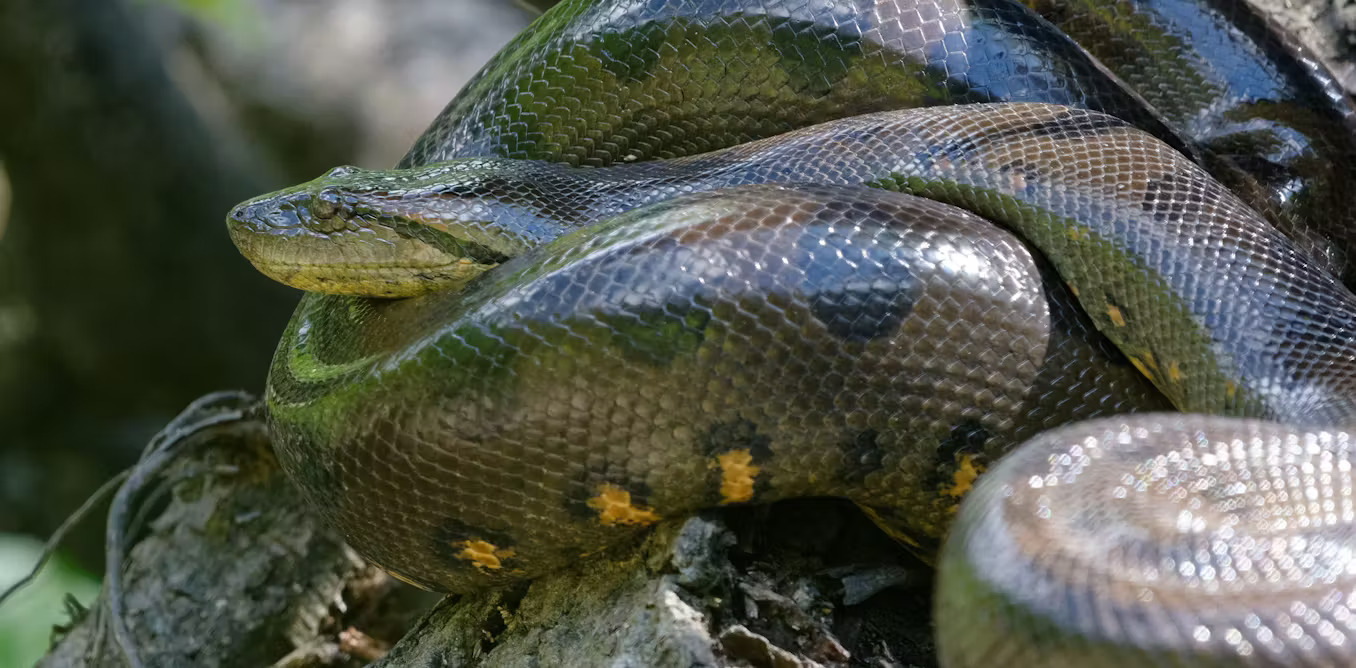Green Anaconda: A Guide to Growing and Caring for These Colorful Plants
-

- by Admin
- Aug 26, 2024

With an average length of 6 m (20 ft.) and a top length of 8.8 m (29 ft.) the green anaconda is one of the longest snakes in the world. The green anaconda, with a girth of nearly 30 cm (12 in.) and a weight of 227 kg (550 lb.), is the heaviest snake in the world.
The green anaconda is native to South America, making its home in swamps, marshes and streams. Their enormous size makes it much easier for green anacondas to swim in the water than to slither slowly on land. Their eyes and nostrils are on the top of their head allowing them to see and breathe while most of their body is under water.
Though they spend most of their time in the water, they also can be found in trees.
What Green Anacondas Eat
Green anacondas use both sight and smell to hunt. But they also have the ability to sense heat emitted by potential prey.
Green anacondas prey on a variety of animals including fish, birds, tapirs, wild pigs, capybaras, and caimans (reptiles similar to alligators). They’ve even been known to eat jaguars.
Anacondas are not venomous; they use constriction instead to subdue their prey. Once an anaconda sights its target, it will grab the animal in its jaws, locking it in with its teeth. Once firmly grasped, the anaconda will coil around the prey and squeeze it until it dies of crushing or suffocation. It will then consume the carcass whole.
For larger prey, the green anaconda can stretch its mouth very wide to fit around the body. After a big meal, anacondas can go weeks without eating again.
Green anacondas have also been known to partake in cannibalism. Females, the larger of the sexes, have been reported to eat smaller male anacondas.
0 Comments:
Leave a Reply